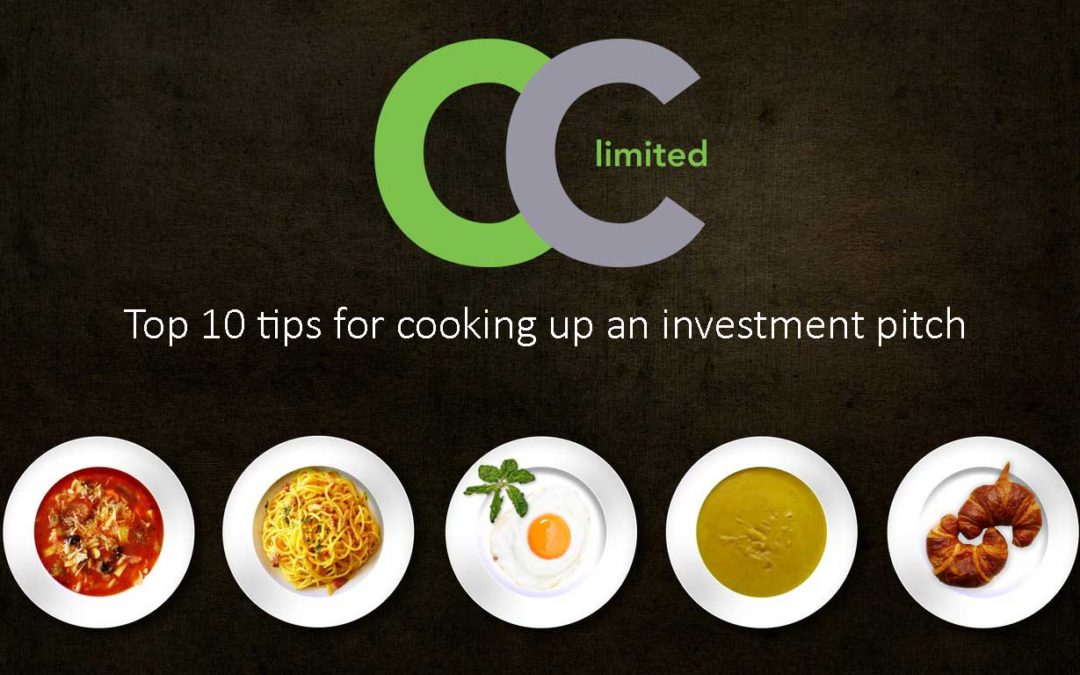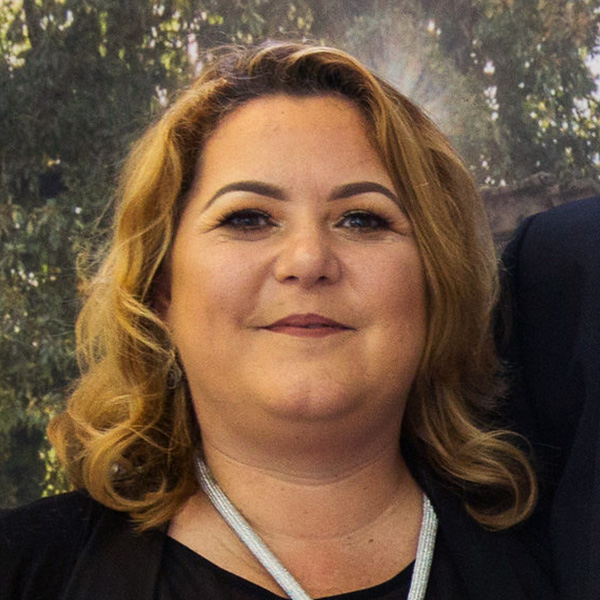
The Importance of Setting Expectations
The Importance of Setting Expectations
One of the biggest mistakes you can make at the start of any business transaction is failing to set expectations. Very often, customers don’t know exactly what they want, or what they are going to get from you.
It pays to be as clear as possible up front, so that everyone knows what is going to happen and when.
This is something I’ve been doing in business for years. The only time I come unstuck is at weekends when my wife’s spontaneous ideas and desires get thrown into the equation. This sets up the kind of scenario you really don’t want to encounter in business.
Here’s an example of what I mean.
It’s a Saturday lunchtime. I have a plan for later in the afternoon which involves going to the pub to watch the Six Nations rugby. My wife is usually happy to come too, so this is all planned out nicely in my head. Everything’s fine. But then my wife walks into the room.
“I thought we’d go and do a bit of shopping this afternoon”.
I start to get that sinking feeling combined with a slight inner panic. Two thoughts dominate my mind. These are the two things I need to resolve and negotiate:
How much is this going to cost?
How quickly can we get this done?
What I don’t want her to know at this stage is that the time factor is more critical, because I don’t want to miss the kick off.
Now, I realise this example is open to the accusation of being a sexist stereotype. I know this works both ways and there are men who like shopping and women who love rugby. But this really happened!
So here’s where I am: my wife wants to buy clothes, she wants me to come with her so I can say whether her choice of outfit suits her or not, and I am far more concerned about getting it all over with as soon as possible.
I start thinking strategically. I begin asking her questions to try and narrow down the search and make the whole process more expeditious.
“What outfit are you looking for – it is for work or pleasure?”
“Have you identified a supplier? (This could save us from having to visit several shops.)
Unfortunately, my attempt to approach this rationally falls on deaf ears. My wife ignores me completely and off we go to the local retail park.
There is no plan in place. No one knows what to expect – and most frustratingly, I have NO IDEA of exactly what we are trying to find, or how long this is all going to take.
After over an hour in TK Maxx and nothing yet purchased, I am starting to get exasperated. Now she is suggesting taking a break to go and have a coffee. At this point I start to become irritable and a disagreement ensues.
I win the argument.
(You didn’t really believe that, did you?)
Of course I didn’t win!
Needless to say, it all worked out fine in the end. My lovely wife purchased a very nice outfit and found a handbag to go with it, and somehow I managed to get to the pub before the rugby kicked off.
I don’t know why I bother trying to negotiate with my wife: I would be much better off just going along with what she wants to do. She places no limits on spending and has a view of delivery timing that is very different to mine.
Such an approach might give me a quiet life at home, but under absolutely no circumstances would I allow this to happen in business. Planning from the outset and setting expectations is the most important thing you can do at the start of any business relationship or contract. Without it, you are just storing up problems that will become evident later.
A key thing to remember is that your client will almost always have a different view of reality than you do. Unless you go through these things with them early on, you might find they have unrealistic expectations.
Whether it is commercial terms or technical deliverables, make sure that you document everything: even the things you are not going to be doing.
In short, here are my 5 top tips for project delivery:
Step 1: Help the customer to understand what they need. This can differ from what they think they want.
Step 2: Make sure your solution can deliver against their requirements.
Step 3: Where there is difference, spell this out. Make sure you remember to state what will not be delivered, as well as what will be.
Step 4: Do the same for costs and timing. If there are things not covered in your price for which the client may incur additional costs, make sure this is stated.
Step 5: Last but not least, keep a close relationship with your customer. Make sure you communicate and be constantly checking that their expectations are still on track.
If you stick to these guidelines, neither you nor your customer should ever have to end up feeling as exasperated as I did in TK Maxx!

Tony Clarke
Manging Director
















